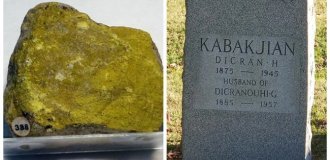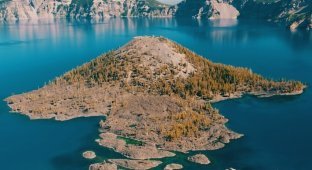Nauru - how residents of a small island state became the fattest people in the world (6 photos)
The strange story of how colonial exploitation caused rampant obesity. 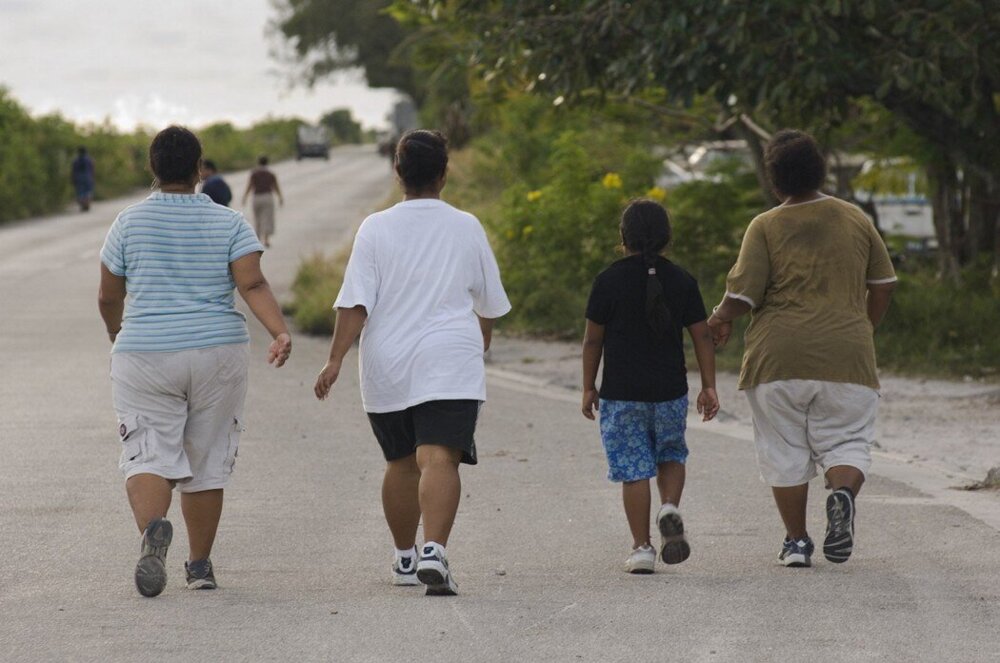
Nauruans participate in the 2007 Diabetes March.
No, America is not the fattest country in the world. This title belongs to the small island state of Nauru. Found in the Pacific Ocean, it is known for two things - phosphate deposits and a wide waist.
According to the World Health Organization, more than 70% of the island's population is obese. It is therefore not surprising that the island has high rates of heart disease, stroke and diabetes. One study even notes that more than 40% of the country's population suffers from type 2 diabetes.
So how did people in Nauru get so fat? The immediate cause will be dependence on processed food. But who is the real culprit? History suggests that years of rampant exploitation of the island's resources are to blame.
Reducing resources 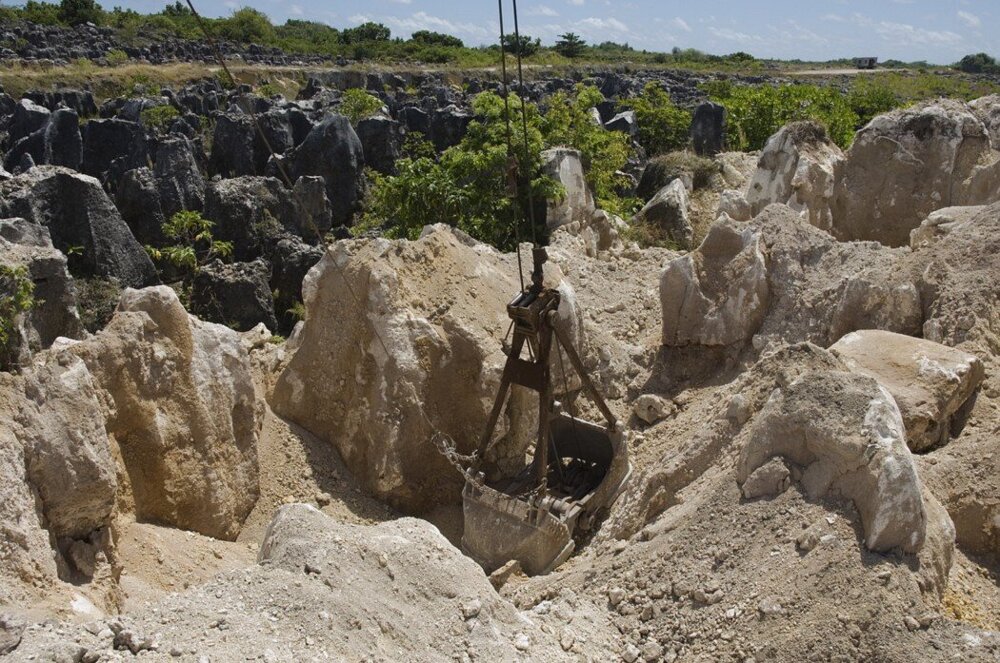
Remains of mines in Nauru 2007
In the 1800s, European ships regularly traded weapons and alcohol with the Nauruans for food. These two things nearly destroyed the island during a ten-year civil war that led to the prohibition of alcohol and the confiscation of many weapons. Peace was restored in 1886 and the country came under German control for thirty years.
Then in the 20th century there was a huge discovery of phosphate deposits that changed the island's fortunes forever. This resource was a widely used mineral, primarily for fertilizing fields, which attracted the interest of many European powers.
Germany granted the Pacific Phosphate Company permission to exploit Nauru's phosphate deposits, and mining began. 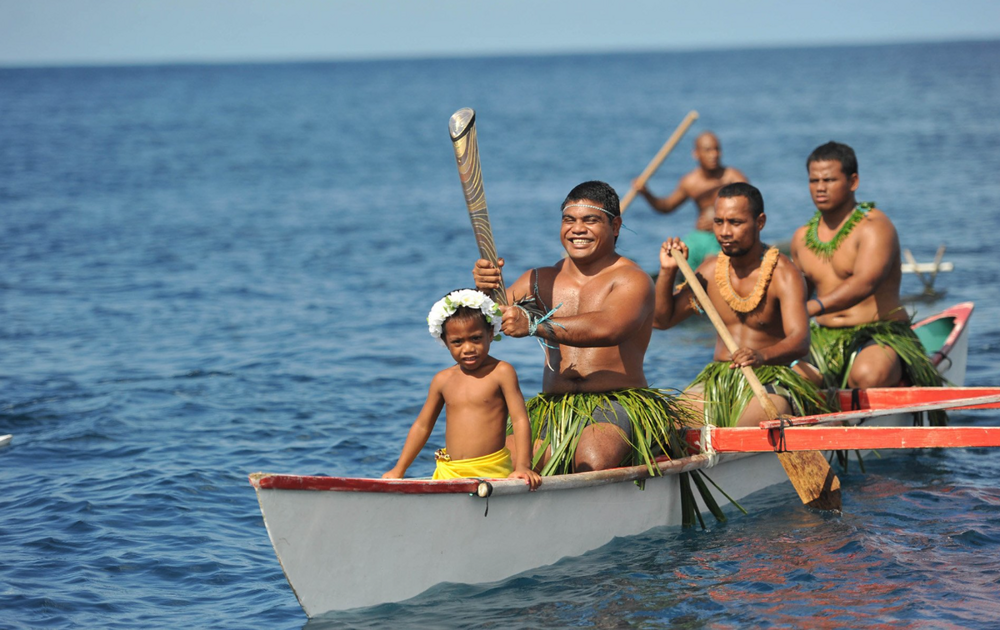
The First World War interrupted this when Australia, New Zealand and the British Empire gradually took control of Nauru and its phosphates under the Nauru Island Treaty. Years of mining soon followed, at the cost of significant environmental degradation.
Later, in 1968, Nauru gained independence and finally took control of its own precious phosphate deposits. The newborn state continued to rely recklessly on mining, and, at least in the short term, it proved lucrative.
Waist expansion 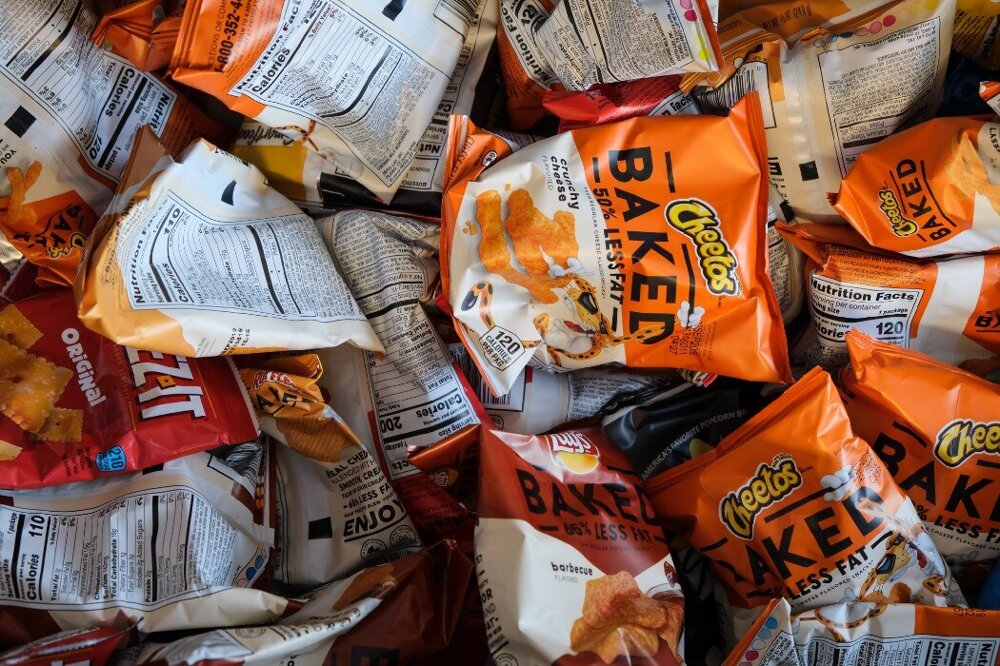
The country's newfound prosperity gave them greater access to Western trade and processed products. Fewer and fewer of its citizens had to perform complex tasks, and so physical activity levels also declined. But the country's happiness did not last forever.
Phosphate mining has stripped 80% of Nauru's land of essential minerals, leaving much of the island barren. This meant that land once suitable for agriculture could no longer provide a stable food supply for the population. To make matters worse, the phosphate deposits eventually ran out and the country's unemployment rate rose to 90%. 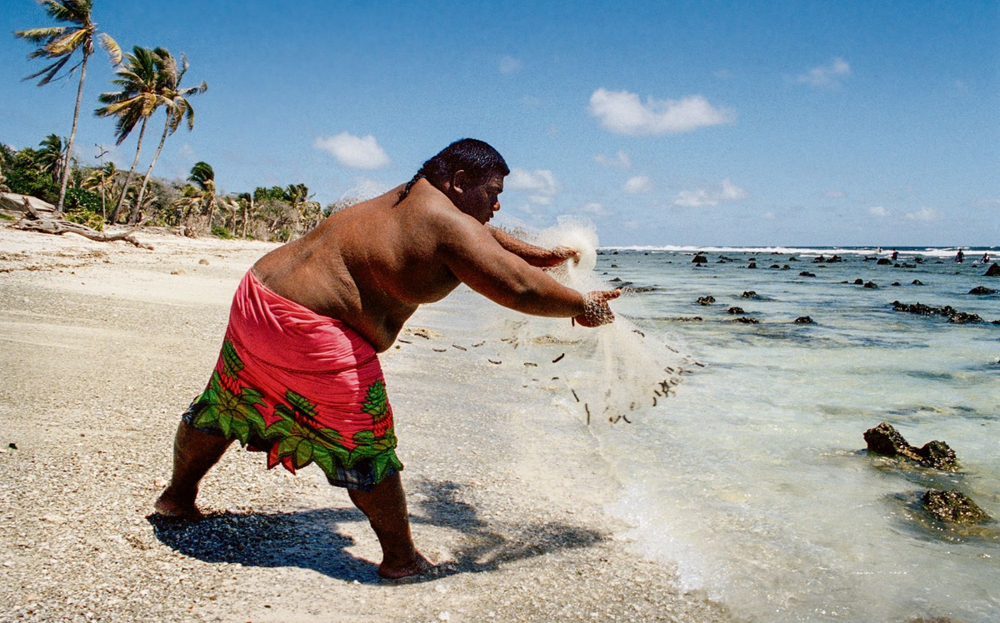
As a result, the islanders became dependent on cheap food imported from Australia and New Zealand. Suddenly their diet changed from fresh fruit and fish to Twinkie bars and jerky. And that's why this small island nation has the highest obesity rate in the world.
To combat rising health complications, Nauru is encouraging its residents to exercise. But programs that encourage physical activity can do little to combat unhealthy eating. Due to its over-reliance on mining, the country went bankrupt by 2006 and is currently unable to allocate more money to healthcare.
Afterword 
When looking at the problem superficially, it is easy to blame the islanders for their own problems. But a century of mining and simultaneous environmental destruction is causing the country's problems.
And although Australia constantly provided assistance as compensation, this was clearly not enough...











